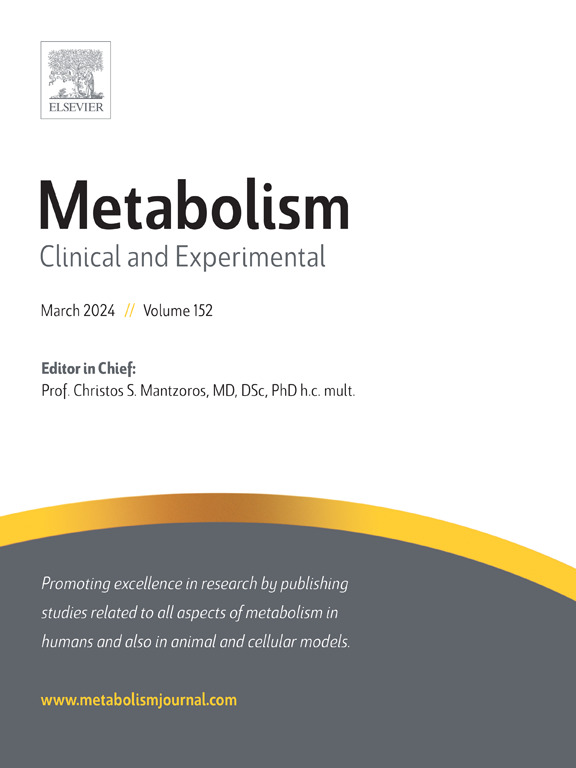Exploring receptors for pro-resolving and non-pro-resolving mediators as therapeutic targets for sarcopenia
IF 10.8
1区 医学
Q1 ENDOCRINOLOGY & METABOLISM
引用次数: 0
Abstract
Sarcopenia is defined by a reduction in both muscle strength and mass. Sarcopenia may be an inevitable component of the aging process, but it may also be accelerated by comorbidities and metabolic derangements. The underlying mechanisms contributing to these pathological changes remain poorly understood. We propose that chronic inflammation-mediated networks and metabolic defects that exacerbate muscle dysfunction are critical factors in sarcopenia and related diseases. Consequently, utilizing specialized pro-resolving mediators (SPMs) that function through specific G-protein coupled receptors (GPCRs) may offer effective therapeutic options for these disorders. However, challenges such as a limited understanding of SPM/receptor signaling pathways, rapid inactivation of SPMs, and the complexities of SPM synthesis impede their practical application. In this context, stable small-molecule SPM mimetics and receptor agonists present promising alternatives. Moreover, the aged adipose-skeletal axis may contribute to this process. Activating non-SPM GPCRs on adipocytes, immune cells, and muscle cells under conditions of systemic, chronic, low-grade inflammation (SCLGI) could help alleviate inflammation and metabolic dysfunction. Recent preclinical studies indicate that both SPM GPCRs and non-SPM GPCRs can mitigate symptoms of aging-related diseases such as obesity and diabetes, which are driven by chronic inflammation and metabolic disturbances. These findings suggest that targeting these receptors could provide a novel strategy for addressing various chronic inflammatory conditions, including sarcopenia.
求助全文
约1分钟内获得全文
求助全文
来源期刊

Metabolism: clinical and experimental
医学-内分泌学与代谢
CiteScore
18.90
自引率
3.10%
发文量
310
审稿时长
16 days
期刊介绍:
Metabolism upholds research excellence by disseminating high-quality original research, reviews, editorials, and commentaries covering all facets of human metabolism.
Consideration for publication in Metabolism extends to studies in humans, animal, and cellular models, with a particular emphasis on work demonstrating strong translational potential.
The journal addresses a range of topics, including:
- Energy Expenditure and Obesity
- Metabolic Syndrome, Prediabetes, and Diabetes
- Nutrition, Exercise, and the Environment
- Genetics and Genomics, Proteomics, and Metabolomics
- Carbohydrate, Lipid, and Protein Metabolism
- Endocrinology and Hypertension
- Mineral and Bone Metabolism
- Cardiovascular Diseases and Malignancies
- Inflammation in metabolism and immunometabolism
 求助内容:
求助内容: 应助结果提醒方式:
应助结果提醒方式:


